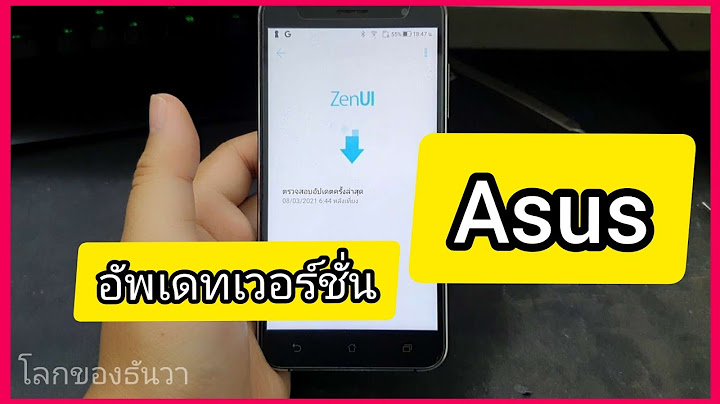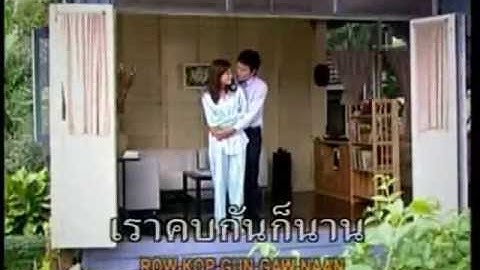 0 Shares
ศูนย์บริการ NATURALรายละเอียดฮิต: 10185ศูนย์บริการ NATURAL บริษัท คลีโอ เนเชอรัล กรุ๊ป จำกัด 41/98 ม.4 ต.บางบัวทอง อ.บางบัวทอง จ.นนทบุรี 11110 Tel : 02-925-9445 Fax : 02-925-9446 ติดต่อฝ่ายขาย ต่อ 103-107 E-mail : This email address is being protected from spambots. You need JavaScript enabled to view it. ติดต่อฝ่ายบริการ ต่อ 108-109 E-mail : This email address is being protected from spambots. You need JavaScript enabled to view it. การรับประกันสินค้าและบริการ สำหรับเครื่องใช้ไฟฟ้า ตู้เย็น ทีวี เครื่องซักผ้า เครื่องอบผ้า สนใจ ผ่อนแอร์ ผ่อนเครื่องใช้ไฟฟ้า แค่ใช้ ทะเบียนบ้าน บัตรประชาชน ก็ผ่อนได้ คลิกเพื่อดูราคาผ่อน แอร์บ้าน เครื่องใช้ไฟฟ้าได้ที่นี่ รวมศูนย์บริการ
A COMPARATIVE STUDY OF FINAL PARTICLE "MA" IN MANDARIN AND ITS THAI EQUIVALENTS. �����Ե �Ե� ԡԨ Niti Atikit �����Ҩ�������֡�� �.��. ������ �س����ͧപ��.��. ��оԳ ������Ժ���� Suree Choonharuangdej, Ph.D. Asso.Prof. Prapin Manomaivibool, Ph.D. ����ʶҺѹ ����ŧ�ó�����Է�����. �ѳ�Ե�Է����� Chulalongkorn University. Bangkok (Thailand). Graduate School. �дѺ��ԭ�������������´�Ң��Ԫ� �Է�ҹԾ�����Һѳ�Ե. �ѡ����ʵ�� (���Ҩչ) Master. Arts (Chinese) �շ�診����֡�� 2548 ���Ѵ���(��) ����֡���Ԩ�¤��駹���繡���֡���������º��º��ŧ���� ma ����Ҩչ�Ѻ���ѡɳ����ǡѹ���������� �դ���������С������������ᵡ��ҧ�ѹ���ҧ�� �������Ѻࡳ���˹��Ӷ��Ẻ�ͺ�Ѻ���ͻ���ʸ���������� �ҡ����֡�Ҿ���� �� ma ����ö�ʴ�ਵ�Ңͧ���ٴ����ҡ�����������ö�ʴ���������ᵡ��ҧ�ѹ仵����Ժ� �ҡ�����������������ʧ�����ͤ�����ͧ��âͧ���ٴ����ѡ������ö���͡���ͧ�������� 1. �� ma 㹻���¤�Ӷ������������¤������ͺ�Ѻ���ͻ���ʸ����繤Ӷ�����繤Ӷ�������ٴ��ͧ��äӵͺ ��º��Ѻ�� ~i~u�������� �����ѧ ��� �������~u~i 2. �� ma 㹻���¤�Ӷ������������¤������ͺ�Ѻ���ͻ���ʸ����繤Ӷ�����ͺ�繤Ӷ�������ٴ��ͧ��÷�Һ��Ҽ��ѧ�բ����ŷ����ٴ���������� ����ͻ�ҡ������Ѻ�ӵ�ҧ���������������º��Ѻ�� ~i~u����� ��������� �١��� �١������� ������� ���������������� ���������~u~i �͡�ҡ����㹻���¤������ͺ�Ѻ���ͻ���ʸ���� �� ma ��Ф��ѡɳ����ǡѹ��������ѧ����ö����ٻ����¤������� ���Ѵ���(English) This study is to compare the meanings and usages of fmal particle "ma" in Mandarin Chinese and its Thai equivalents against a fixed set of criteria used for the type of yes-no questions to see if there is any similarity and difference between them. This study found that "ma" in Mandarin Chinese can express speakers' different attitudes. It can also be used to represent different meanings depending on contexts. Based on the speakers' objectives, we can analyze and divide the use of "ma" into two groups, namely: 1. The type of yes-no question "ma" used as a "real question" : It indicates the speaker' s desire for the answer and its Thai equivalents are "rww platy" "rww yarl" "mai" "rww mai". 2. The type of yes-no question "ma" used as an "exam question" : It signals the speaker's intention of acquiring the listener's information and its Thai equivalents are "chai mal" "chaff rww mai" "thuuk mai" "thuuk rww mai" "chai dai mai" "chaff dai rww mai" "dai mal" "dai rww mai". Aside from being used in the type of yes-no question, the Mandarin Chinese final particle "ma" and its Thai equivalents can be used in the form of rhetorical question as well. ���ҷ������¹�Է�ҹԾ��� �ӹǹ˹�Ңͧ�Է�ҹԾ��� 103 P. ISBN 974-14-3802-8 ʶҹ���Ѵ���Է�ҹԾ��� ���Ӥѭ MA, QUESTION WORD, REAL QUESTION, EXAM QUESTION, RHETORICAL QUESTION �Է�ҹԾ���������Ǣ�ͧ ���Ѵ���(English) The purpose of this study was to compare the effect of normal aerobic dance and water aerobic exercise on physical fitness. Thirty healthy female teenagers (15 to 17 yrs) were selected to participate in this study and were randomly assigned to NE (control group: n = 10), AE (aerobic dance group : n = 10), and WE (water aerobic group : n = 10). Both AE and WE exercised at the same intensity (60% to 70% HRR), frequency (3 times/week), and duration (40-45 min) for 8 weeks. Physical fitness testing was done before and after exercise training and included measurements of maximum oxygen consumption (VO(,2)max), leg strength, flexibility, percent of body fat (%BF), leg volume, and agility. ~iPair t-test~i and ~ione way ANOVA~i were used to analyze the data. The results showed that the exercise training, groups had significant ~i(P<0.05)~i improvement in maximum oxygen consumption (VO(,2)max), leg strength, and agility. In contrast, %BF was decreased and leg volume did not change. There was no significant difference for maximum oxygen consumption (VO(,2)max), leg strength, flexibility, percent of body fat (%BF), leg volume, and agility between AE and WE, however maximum oxygen consumption (VO(,2)max) and leg strength of WE tended to be higher than AE These results suggest that both aerobic dance and water aerobic exercise improve physical fitness and mental fitness. The water exercise provides an alternative means of exercising for overweight, injuried or ill individuals. Studies, with a longer training duration, higher training intensity, different gender and age groups, water exercise with osteoporosis patients or handicapped, and effect on axial load are recommended for the future research. |

กระทู้ที่เกี่ยวข้อง
การโฆษณา
ข่าวล่าสุด
การโฆษณา
ผู้มีอำนาจ
การโฆษณา
ถูกกฎหมาย
ช่วย

ลิขสิทธิ์ © 2024 th.ketiadaan Inc.




























